Montana is perfect for boating, with its big lakes and beautiful views. Learn the rules, the best places to visit, and safety tips for a fun and safe boating trip in Montana.
We’ll discuss boating rules, boat registration, and the best places to sail in the state. You’ll discover great spots like Flathead Lake and Canyon Ferry Lake, each unique and perfect for boating. We’ll also talk about important safety tips, like wearing life jackets and what to do in emergencies.
- Related article: Montana Recreation Adventures
Curious about where to find the best boating views in Montana? Our guide shows the prettiest and calmest spots for sailing. We’ll help make your boating adventure safe and memorable on Montana’s beautiful public lakes.
7 Key Takeaways About Boating in Montana
- Be Aware of Montana’s Boating Laws – Every boat owner in Montana needs to understand the rules for registering and licensing their boat. Some boats might not need to be registered depending on their type and ownership.
- Follow Boating Rules – Boat owners should stick to speed limits, respect no-wake zones, and protect the environment. Safe and responsible boating is key.
- Report Incidents and Follow Rules – If there’s a boating accident, report it. Always give way as required, and use the boat launching areas properly to keep Montana’s waters safe and orderly.
- Explore Top Boating Spots – Montana offers beautiful boating locations like Flathead Lake and Canyon Ferry Lake. Each spot has its charm and is great for different boating activities.
- Wear Life Jackets and Take Boating Classes – Safety comes first. Ensure everyone on your boat wears a life jacket approved by the U.S. Coast Guard. Also, consider taking boating safety courses.
- Understand Local Rules – Make sure to learn about the specific rules for that area in Montana before you go boating. Each location might have different regulations.
- Practice Responsible Boating – Always be ready for emergencies and show respect to other people using the water. Following these simple rules helps everyone enjoy their time on the water safely.
Montana Boating Laws
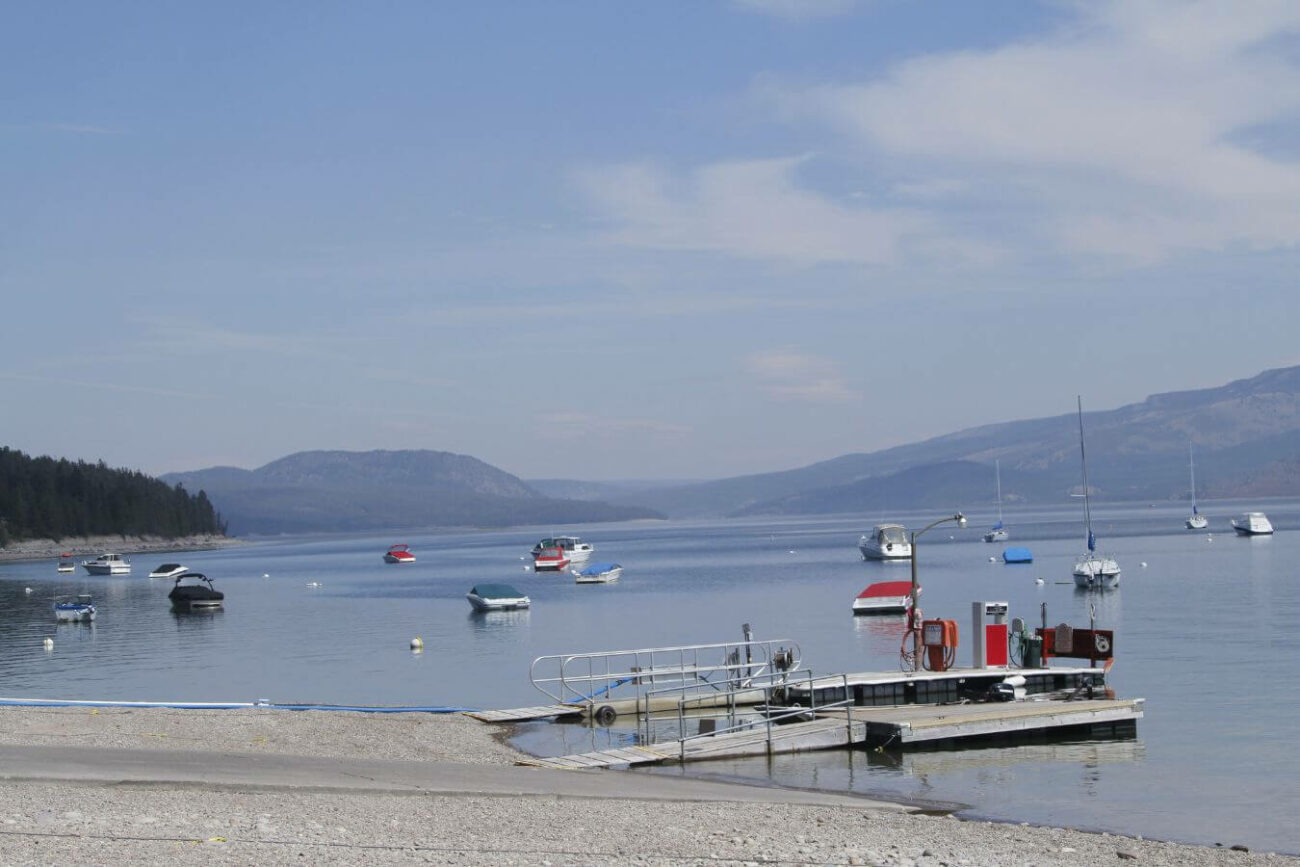
Before boating in Montana’s beautiful waters, awareness of boating rules is important. These rules help keep both boaters and the environment safe.
Learn the main rules to make sure your boating trip is safe and enjoyable for everyone, no matter what vessel type you have.
Boat Registration and Licensing
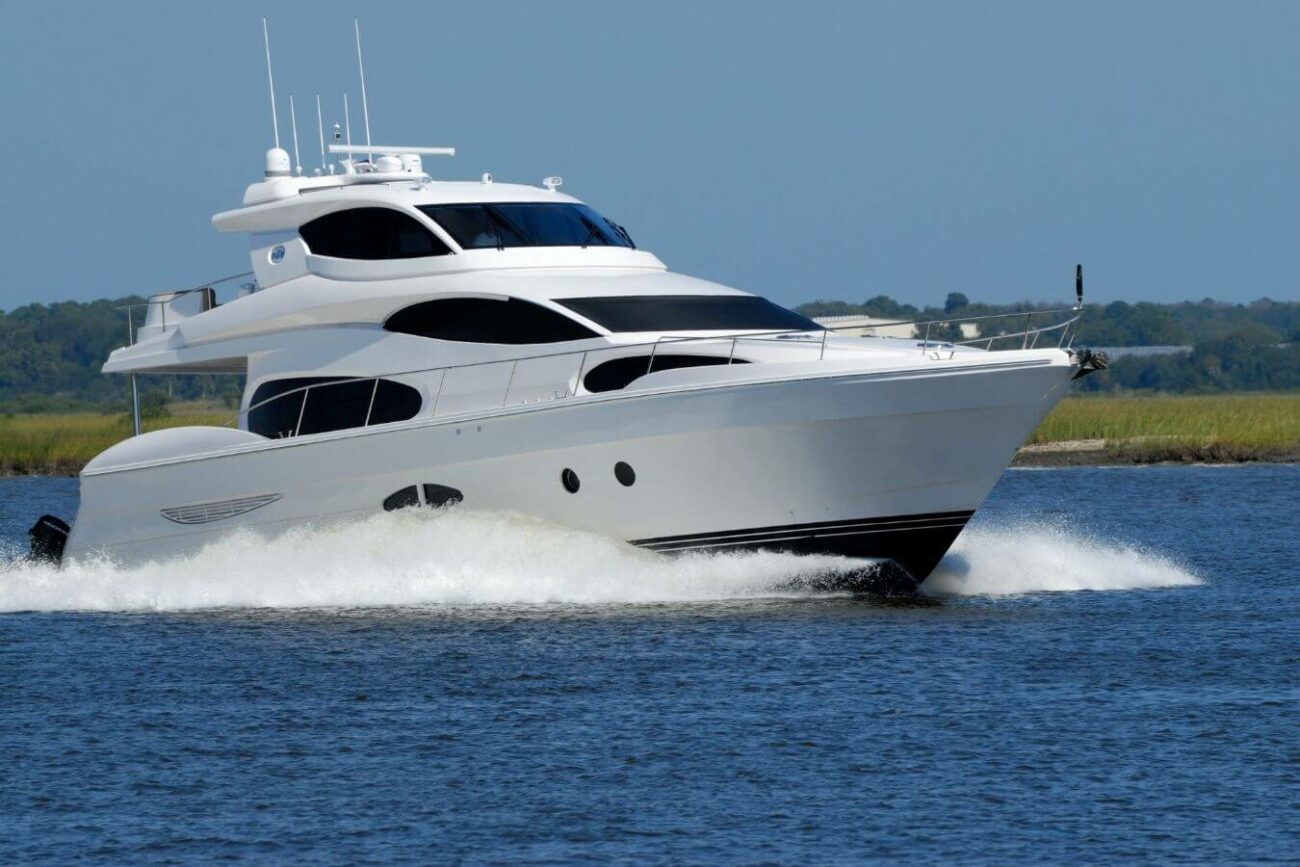
Preparing your boat for Montana waters means more than just checking the engine and packing gear. Make sure your boat is properly registered and licensed. This process depends on your boat type and where you live.
You must register your boat in Montana if it is a sailboat 12 feet or longer, a motorboat, or a personal watercraft. The registration fee depends on the size and age of your vessel.
Some boats do not need to be registered in Montana. This includes non-motorized sailboats under 12 feet, boats you paddle yourself, lifeboats, and boats owned by the government.
You can start the boat registration process at your county’s County Treasurer’s office if you’re a Montana resident. You need to get a certificate of ownership and a certificate of number.
Always carry the boat number certificate when you are on the water. This rule applies to everyone, whether you’re on a big lake like Flathead Lake or a small reservoir. Keep the certificate safe and accessible.
You can use it in the state for up to 90 days without needing a Montana registration if you’re visiting Montana and your boat is registered in another state or country. This makes it easy to enjoy Montana’s waterways without extra paperwork.
Here are the different boat lengths and their registration costs:
| Boat Length | Registration Cost |
|---|---|
| Less than 16 feet | $65.50 |
| At least 16 feet but less than 19 feet | $125.50 |
| 19 feet and longer | $295.50 |
You’ll need a special hull identification number (HIN) if you have a homemade boat or one made before 1972. You can get this number from any Fish, Wildlife & Parks office for a small fee. Once you put this number on your boat, a peace officer must check it. After the inspection, you can use your boat.
You must register your boat permanently if you have a motorized boat, personal watercraft, motorized pontoon, or sailboat over 12 feet. You can do this at the County Treasurer’s Office. This registration is a one-time fee and lasts for the boat’s life.
You can also take your safe boating exam online if you want to go boating soon. Visit the BOATERexam website, where you can access the test. Once you pass, you get a temporary boater education card right away. This will also make sure you know the latest boating rules in Montana.
Boating Regulations
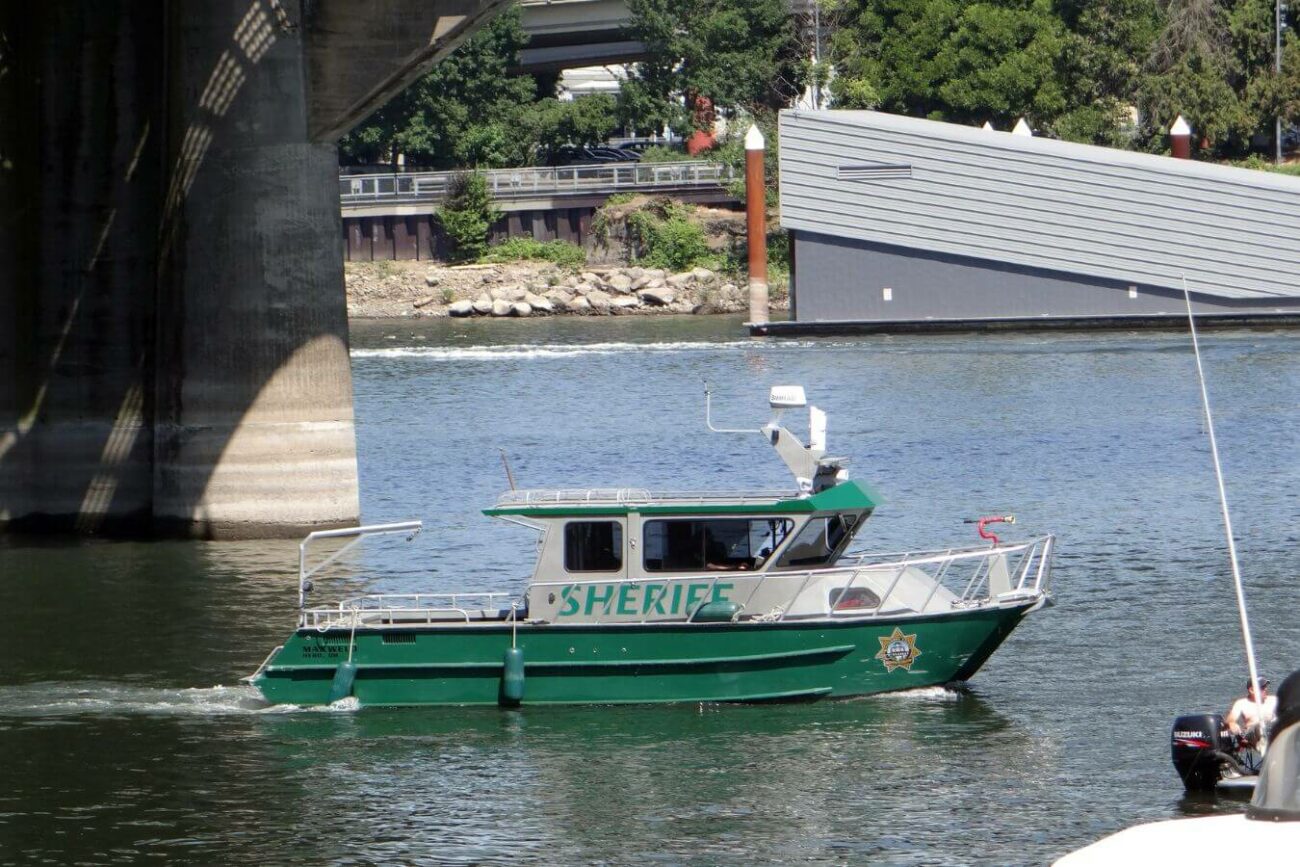
Montana takes boating rules seriously to keep its waters safe and clean. If you’re out on the lakes, here’s what you need to know:
- Speed Limits and No-Wake Zones – Like many lakes, Echo Lake has rules to keep everyone safe. One important rule is the 200-foot no-wake zone. Going slowly in this area would be best to avoid making big waves. Following these rules helps protect both people and the environment.
- Drive Safely – Always go at a speed that allows you to stop quickly or dodge unexpected obstacles. This helps you see ahead clearly and prevents accidents.
- Boat Check Before You Launch – Visit the FWP Watercraft Inspection Station before boating. They will check your boat for any harmful water plants or animals. Remember to clean, drain, and dry your boat to help prevent these species from spreading.
- Where to Launch – Only use designated spots to submerge your boat. Also, don’t leave your boat unattended at public docks. Remember, it’s illegal to dump trash or sewage into the water.
When boating in Montana, it’s important to follow the local rules. This helps protect the beauty of the waters and keeps everyone safe. Always check and follow the local boating laws before you go out on the water.
Violations and Penalties
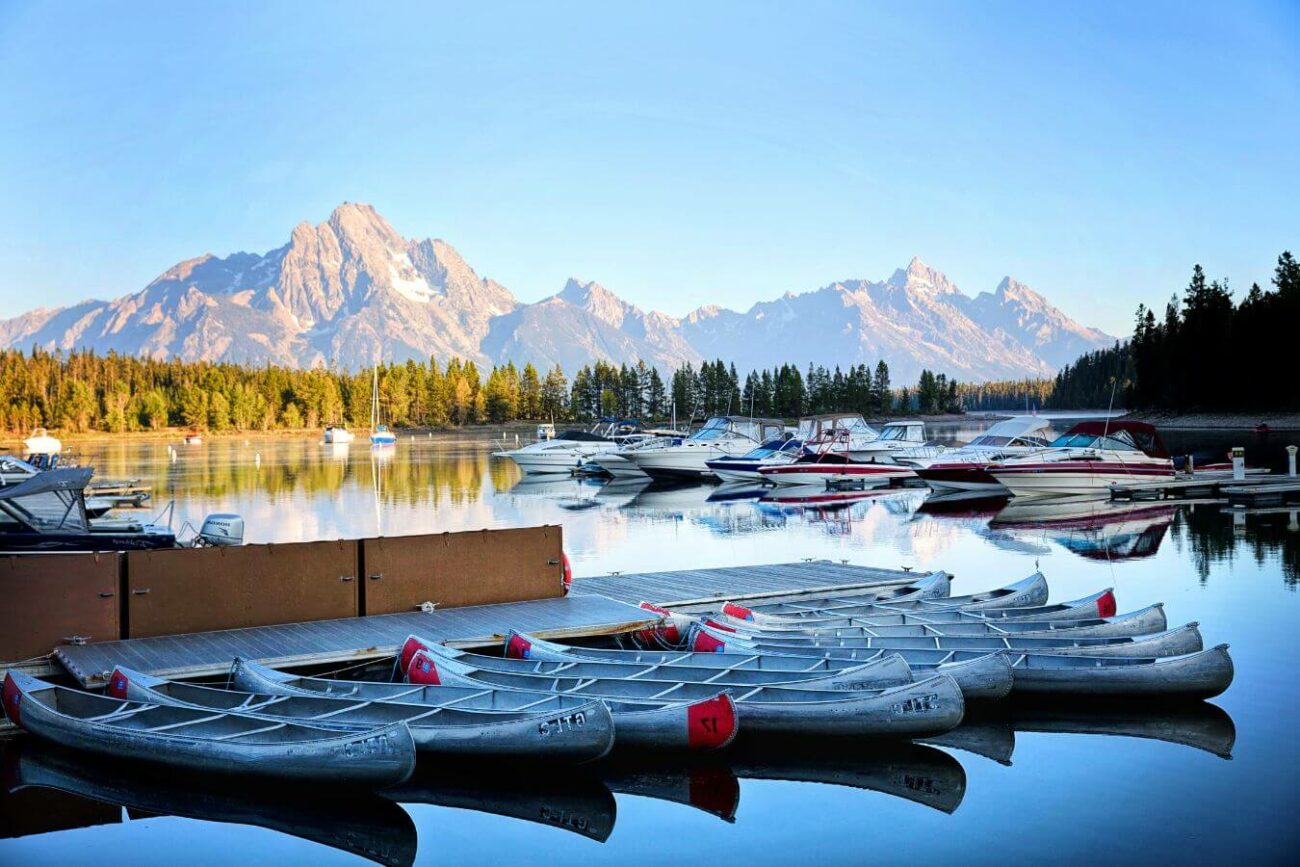
Boating in Montana is an exciting experience, but it also requires following important safety rules. Filling out boating accident report forms is essential, not just a formality. These reports help improve everyone’s safety in the water.
If you are involved in a boating accident in Montana that results in a boating fatality, serious injury, or significant damage, you must report it immediately. You need to contact the local sheriff or game warden immediately if there is a death, serious harm, or considerable damage.
The boat driver has specific responsibilities if an accident occurs. They must assist any people or property involved and ensure they do not cause further harm.
If a future boating accident occurs, the person driving the boat must give their contact details to those affected. This includes their name, address, and boat information. They should provide this information in writing to any injured parties or owners of damaged property.
It’s important always to carry your Boater Education Card when boating. This card proves that you know how to safely operate a boat, similar to a driver’s license for a car. If you forget this card, you could face serious consequences. Penalties include fines of up to $500 or even six months in jail.
Who ensures that boating rules are followed in Montana? It’s the responsibility of Montana Fish, Wildlife & Parks wardens, sheriffs, and other peace officers. These officials monitor all water activities to keep people and the waters safe.
Top Sailing Spots in Montana
Montana is a great place for sailing, with many beautiful lakes and reservoirs ideal for spending a day on the water.
Each sailing location in Montana is special. For example, Flathead Lake offers vast waters, while Fort Peck Reservoir is known for its beautiful views. Let’s look at the best places to sail in Montana.
1. Flathead Lake
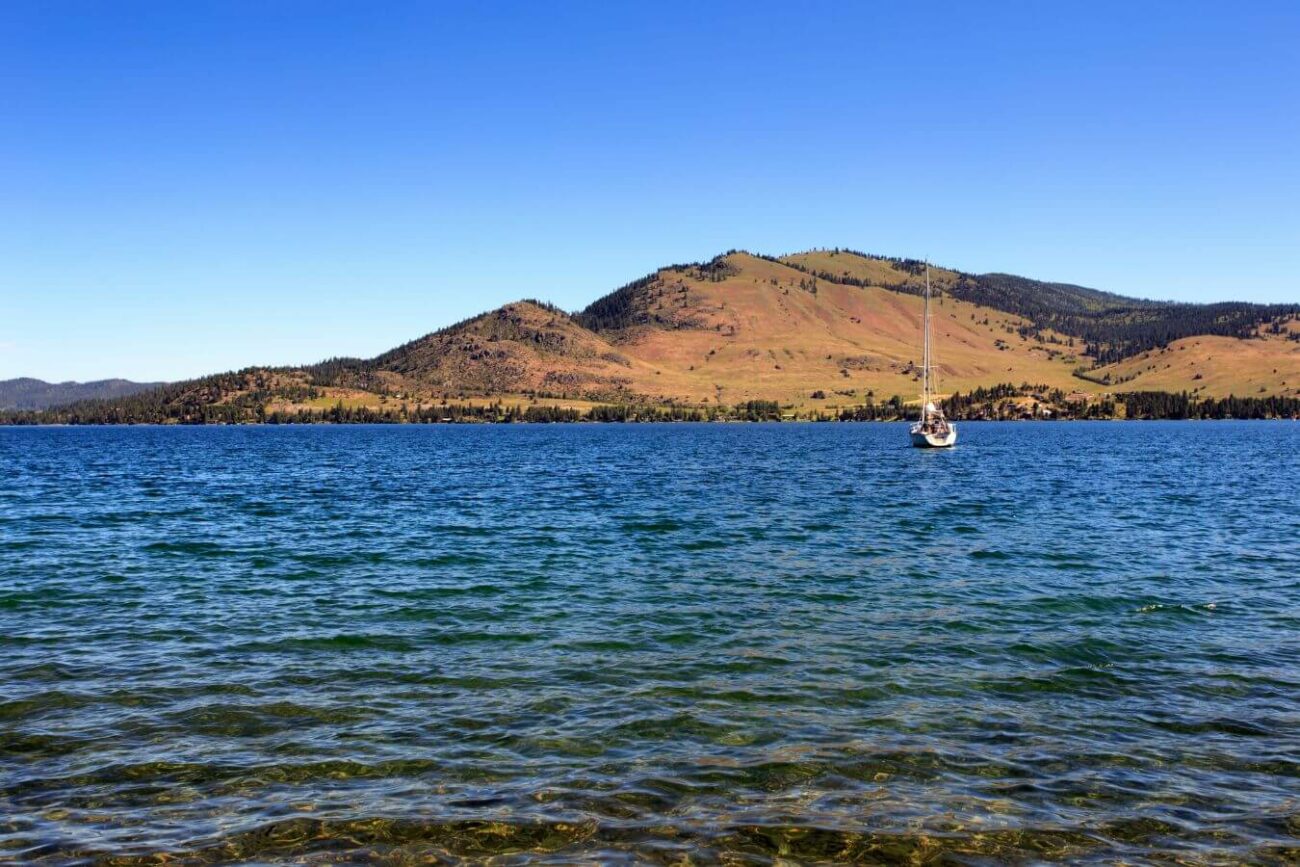
Flathead Lake in Montana is perfect for boating. It is the largest freshwater lake west of the Mississippi River, with more than 200 square miles of water and 185 miles of shoreline. This large area is ideal for various boating activities.
The lake is in northwest Montana, only 7 miles from Kalispell, making it easy to get to. This location is perfect for a day of boating or a weekend trip. Plus, it’s very close to Glacier National Park, allowing boaters to enjoy the lake and visit one of the most beautiful national parks in the U.S.
Flathead Lake in Montana is perfect if you enjoy boating and want to cruise on a lake with stunning views near a famous national park.
2. Medicine Lake
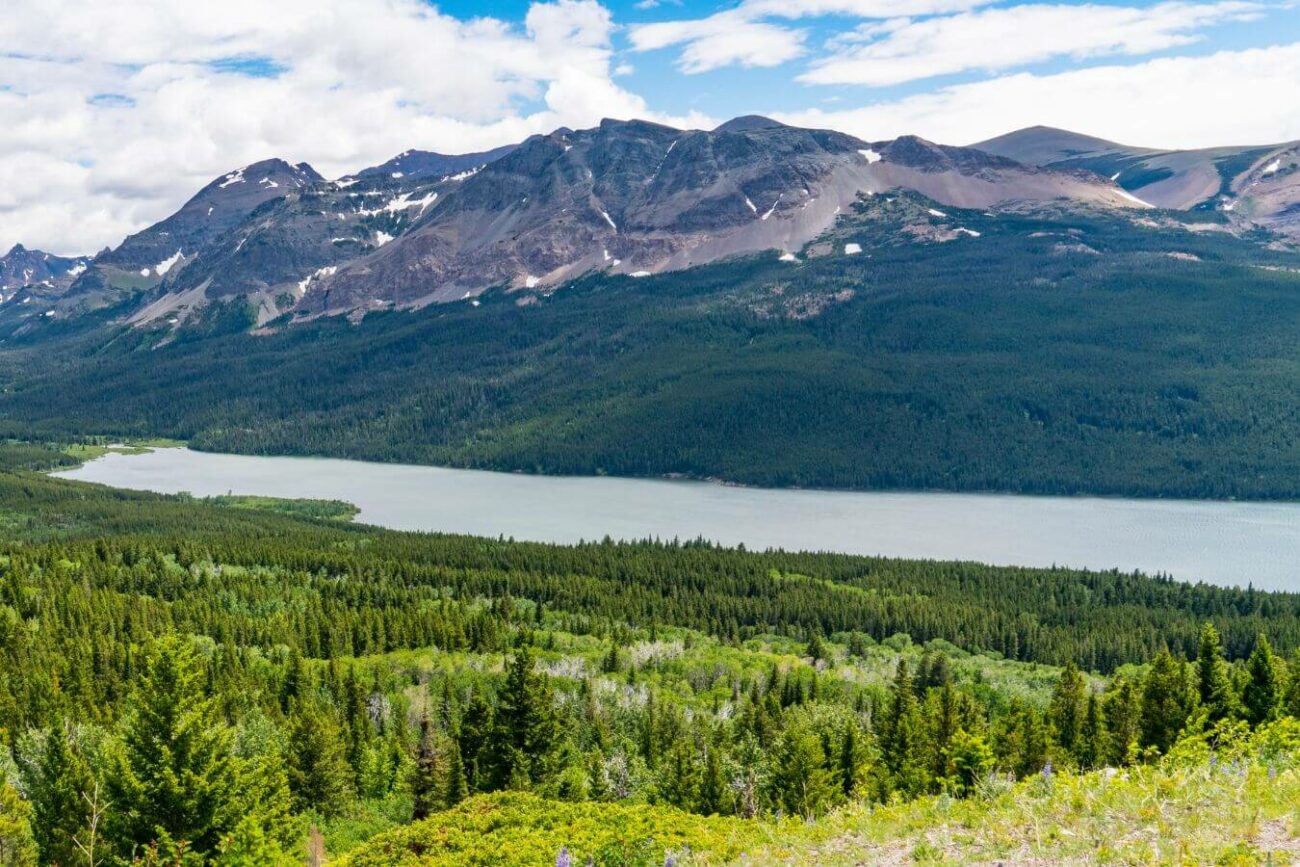
Medicine Lake in northeast Montana is more than a scenic place for boating. It’s also the center of the Medicine Lake National Wildlife Refuge. This area is great for those who love water activities and enjoy nature.
Medicine Lake National Wildlife Refuge is important for many water birds. Boating here means moving through calm waters surrounded by nature and bird calls. This makes boating at Medicine Lake a top outdoor experience.
When you plan your boating trip to Medicine Lake, make sure to follow the rules that help protect this special natural area. You’ll enjoy the peaceful waters and have the chance to see amazing birds. This combination of boating and bird watching makes Medicine Lake a unique boating destination in Montana.
3. Hebgen Lake
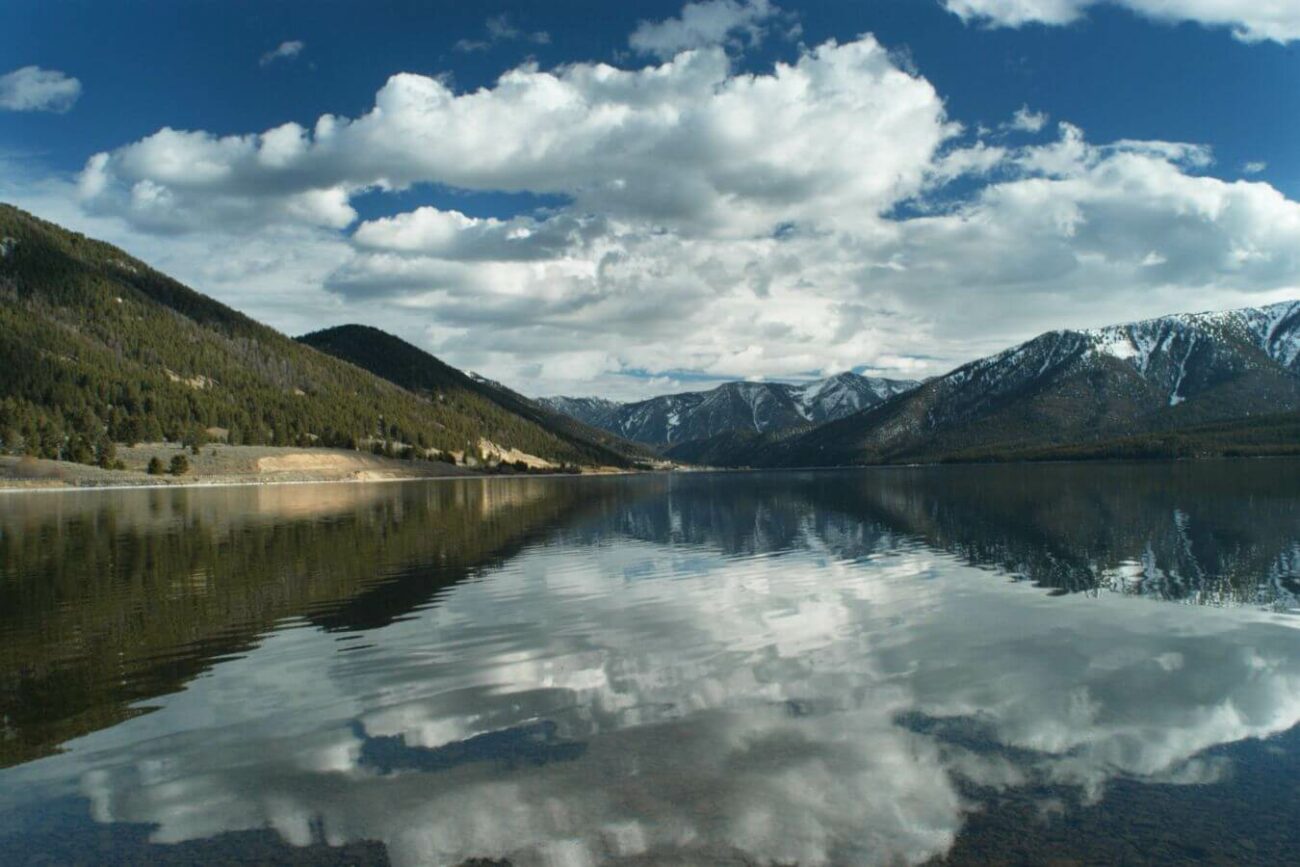
Hebgen Lake near West Yellowstone near the Wyoming border is a man-made reservoir. It extends about 15 miles long and 4 miles wide. Hebgen Lake is well-known as the best place for stillwater fishing in Montana.
Hebgen Lake is a paradise for fishing enthusiasts. This man-made lake is designed as a prime fishing location. It is famous for its plentiful fish and the variety available. Whether you are an experienced fisherman or a beginner, Hebgen Lake provides an ideal setting for a peaceful day of fishing.
4. Canyon Ferry Lake
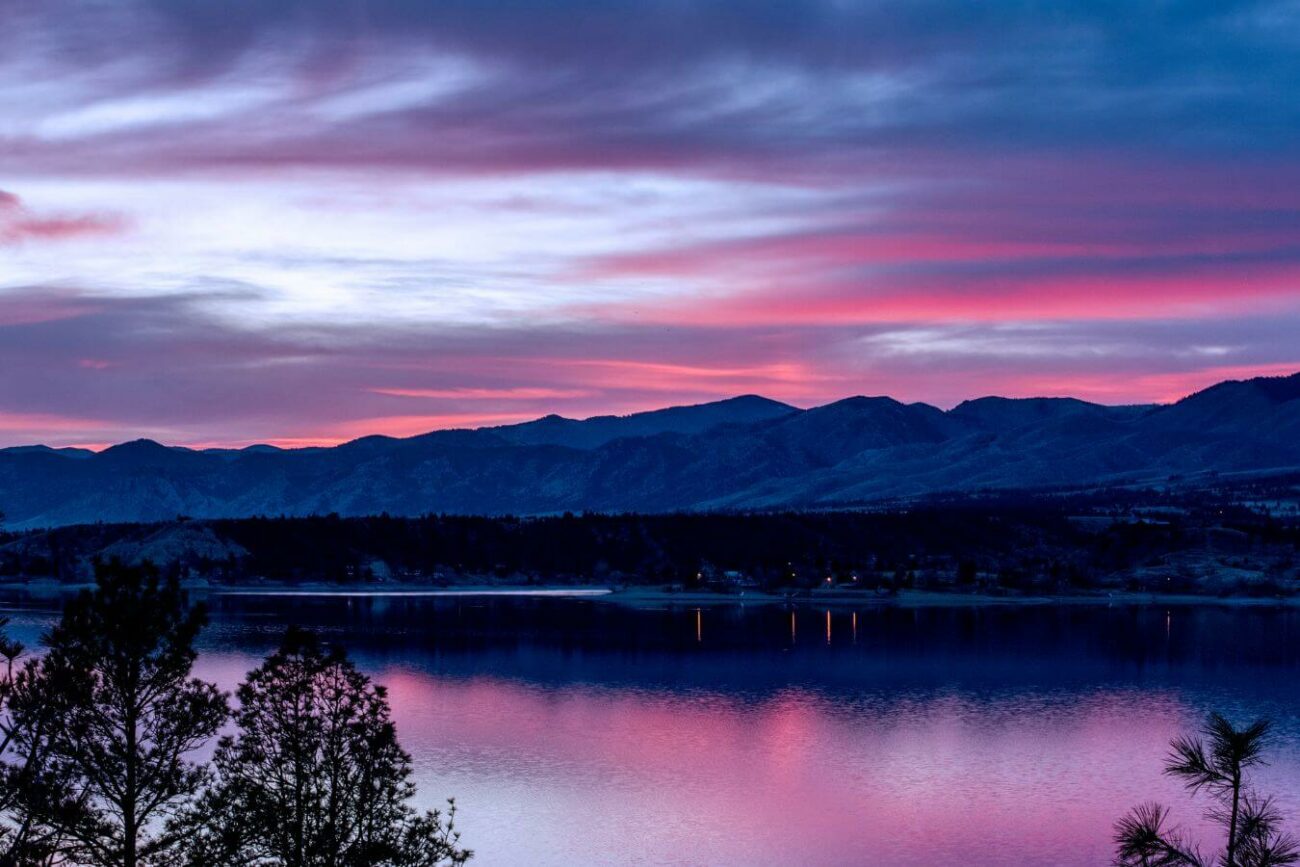
Canyon Ferry Lake is a large reservoir in Montana. It covers more than 35,000 acres and has 76 miles of shoreline, making it the third-largest body of water in the state. This lake is great for boating enthusiasts. It was formed by the Missouri River and Canyon Ferry Dam.
The lake, created in 1954, is a man-made wonder. It is well-known for boating. It also helps make electricity and water crops in the area.
It’s fascinating to learn that the town of Canton lies submerged under the waters of the lake. This lake has now become a top destination for boating and other water activities.
The lake’s connection to the Missouri River gives boaters ample space for leisurely cruises and exciting water adventures. Wildlife lovers will also enjoy this area, as it is full of natural beauty and offers opportunities to see various animals in their natural habitats.
5. Ennis Lake
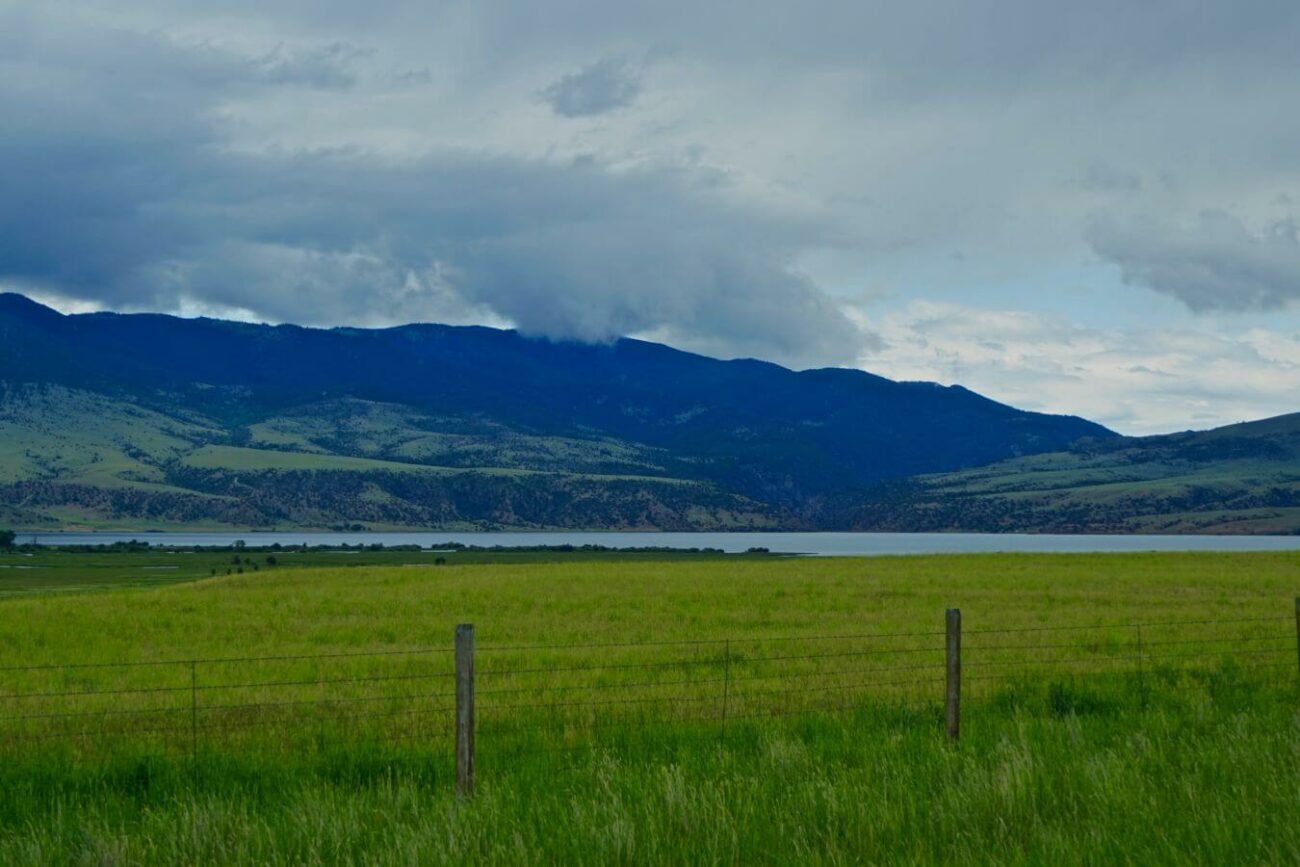
Ennis Lake, known for its excellent fly fishing, is just a short drive from Bozeman. This lake is not only great for fishing but also ideal for boating. With most of its waters less than 8 feet deep, Ennis Lake provides a perfect setting for a peaceful boating day.
If you plan to go fishing, make sure to check Montana’s fishing regulations first. This is crucial to ensure your fishing trip goes smoothly and you follow local rules.
If you’re heading to Ennis Lake for fishing or a relaxing day on the water, it’s got something for everyone. Just be sure you know the fishing rules and are ready for a great day.
Boating Safety
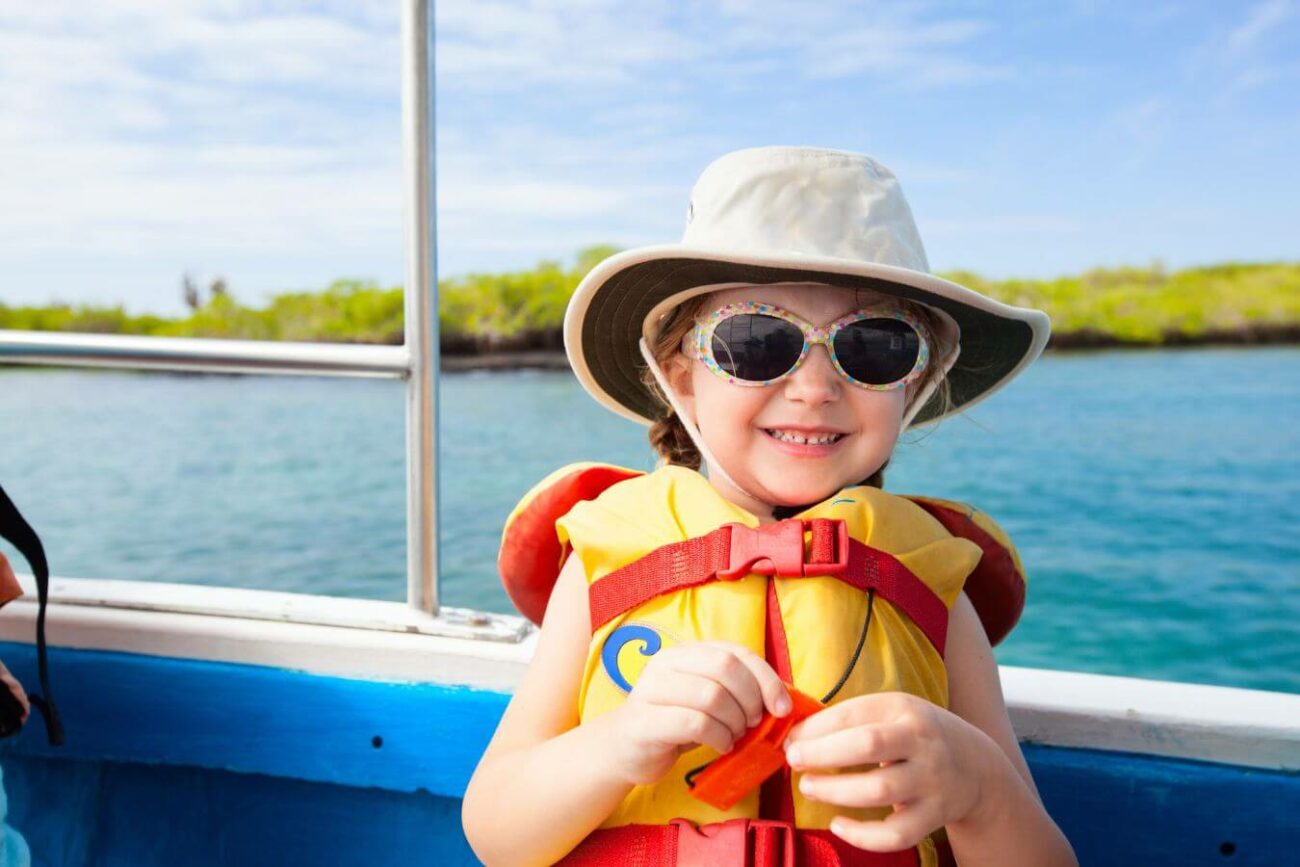
Boating in Montana’s waters is a fantastic experience, but staying safe is important. Following boating safety rules is not just a recommendation, it’s the law and crucial for keeping everyone safe on the water.
When you go boating in Montana, everyone on board must have a U.S. Coast Guard-approved life jacket. It’s especially important for children 11 and under always to wear their life jackets. This rule is vital because, in an emergency, life jackets can prevent a dangerous situation from turning into a tragedy.
Let’s explore why some boating trips in Montana end in accidents. It’s not always due to rough waves or bad weather. Often, human errors and lack of attention are the main causes of these incidents.
Using alcohol or drugs while boating is illegal and a major cause of deadly accidents in Montana. It is strictly against the law to operate a boat under the influence.
Being careless on the water can lead to serious accidents. Speeding or getting too close to other watercraft often results in collisions. This behavior is known as reckless boating and is a leading cause of boating accidents in Montana.
If an accident happens, it’s essential to report it. This helps figure out what went wrong and how to avoid similar incidents in the future. You can find the necessary forms at the sheriff’s office or the Montana Fish, Wildlife & Parks office.
Remember, the goal is safe boating adventures. You protect yourself and others by being a safe boater, ensuring the water remains a great place to relax and have fun.
Boating in Montana Final Thoughts
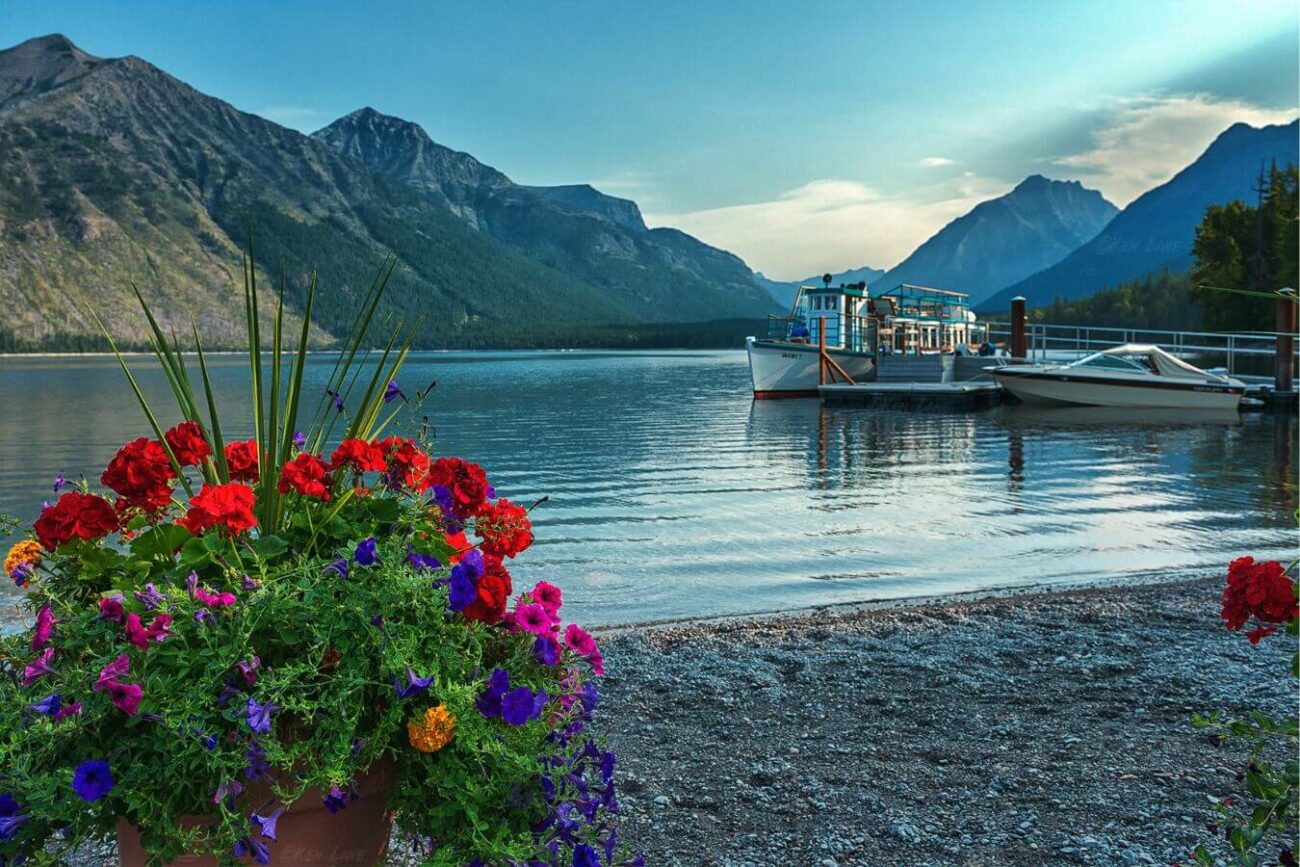
Boating in Montana provides a unique outdoor boating escape. As you explore the state’s stunning waters, focusing on boating safety is important. Although the danger of boating is real, with proper preparation and knowledge, it can be a safe and enjoyable time.
Montana’s lakes offer public access that promises unforgettable boating experiences against the state’s stunning natural landscapes. From the peaceful waters of Flathead Lake to the rugged shores of Fort Peck Reservoir, we’ve highlighted the top boating spots you can discover.
Learn and follow the rules before you start a boating trip. These rules help keep you safe and protect the natural beauty of Montana’s waters.
Boating in Montana FAQs
1. What Types of Boats Require Registration in Montana?
In Montana, you must register all motorboats, personal watercraft, and sailboats over 12 feet.
Sailboats under 12 feet that do not have motors and boats you paddle, like canoes and kayaks, do not need to be registered. Lifeboats and boats owned by the government also do not require registration.
2. How Do I Register My Boat in Montana if I’m a Resident?
To register your boat in Montana, go to the County Treasurer’s office in the county where you live. Get a certificate of ownership and a boat number there. You must have these documents with you when using your boat.
3. Can I Use My Boat Registered in Another State in Montana Waters?
Yes, boats legally registered in another state or country can be used in Montana waters for up to 90 consecutive days without registering in Montana.
4. Can I Register for a Montana Boating License Online?
Yes, you can get a Montana boating license online by passing the safe boating test on the BOATERexam website. Once you pass, you can print a temporary Certificate of Completion.
This is your temporary boating education card until you receive the permanent one in the mail.
5. What Should I Do if I’m Involved in a Boating Accident in Montana?
If a boating accident causes death, someone to go missing, serious injury, or property damage above $100, you must report it immediately to the local sheriff’s office or game warden.
Boat operators must help those involved without putting themselves at risk and give their name, address, and vessel details in writing to anyone injured or whose property was damaged in the accident.
Keep exploring! Check out our Montana section for more great information:
- Ecotoursim in Montana
- Gold Panning in Montana
- Adventure Trips in Montana
- Montana Backpacking Trips
- Guide to Hot Springs in Montana
- https://leg.mt.gov/bills/mca/title_0610/chapter_0030/part_0030/section_0210/0610-0030-0030-0210.html
- https://fwp.mt.gov/conservation/aquatic-invasive-species/watercraft-inspection-stations
- https://fwp.mt.gov/activities/boating/rules-regulations
- https://fwp.mt.gov/activities/boating/safety
- https://www.flickr.com/photos/kenlane/9712084647

